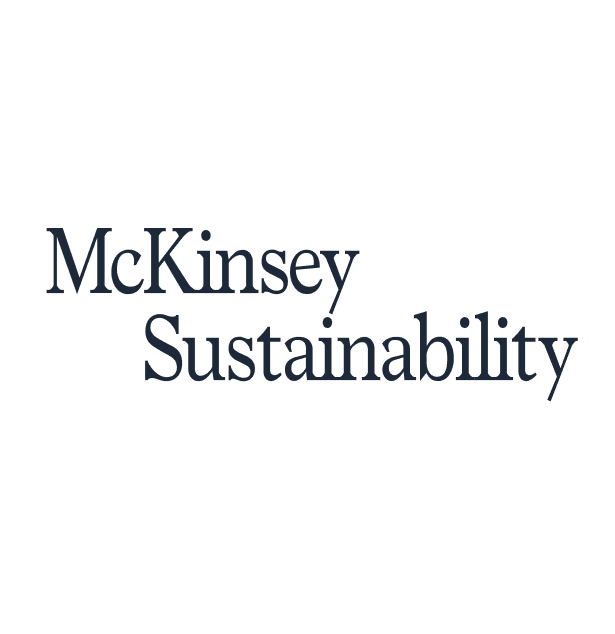Action Type
Quick Wins

TESTReduce rice cultivation emissions via integrated methods
Integrated approaches for more sustainable rice cultivation significantly reduce methane (CH4) emissions while also generating positive impacts for nature and farmer livelihoods.
 WBCSD
WBCSD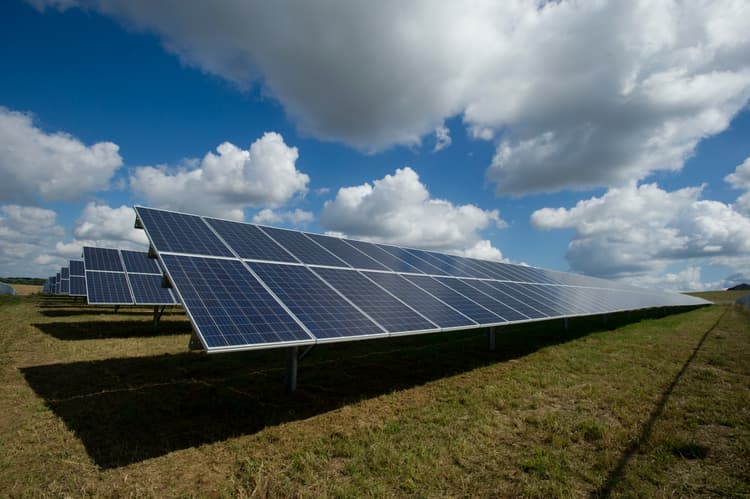
Opt for mixed land use to generate clean energy
Mixed land use provides an opportunity to generate renewable energy while improving land productivity and enhancing livestock welfare
 The Carbon Trust
The Carbon Trust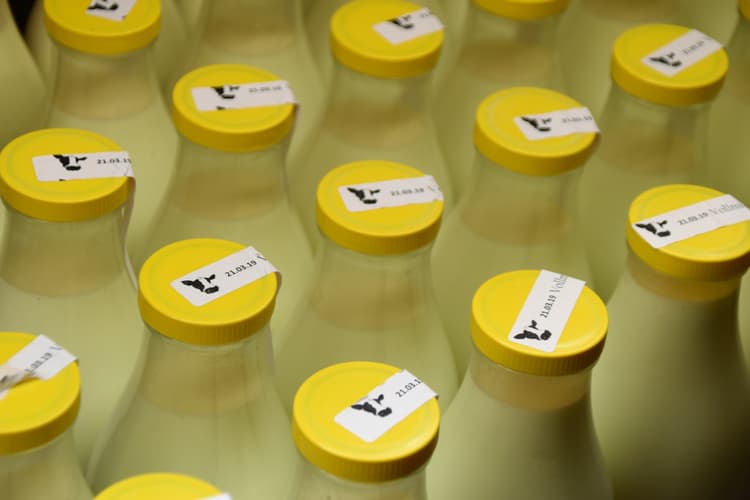
Incentivize regenerative agriculture in dairy production
Support the transition into a sustainable and regenerative milk production by implementing programs to encourage, technically support, and renumerate dairy farmers.

Adopt heat recovery technologies in the pulp mill
Adopting heat recovery technologies in the pulpmill can increase efficiency of operations, recovering waste generated as a by-product of the pulping and papermaking process.
 Forest Solutions Group
Forest Solutions Group
Use regenerative practices to reduce agricultural emissions
Regenerative agriculture uses a combination of various sustainable farming techniques to capture GHGs in soil while improving soil health, crop yields, and biodiversity
 BCG
BCG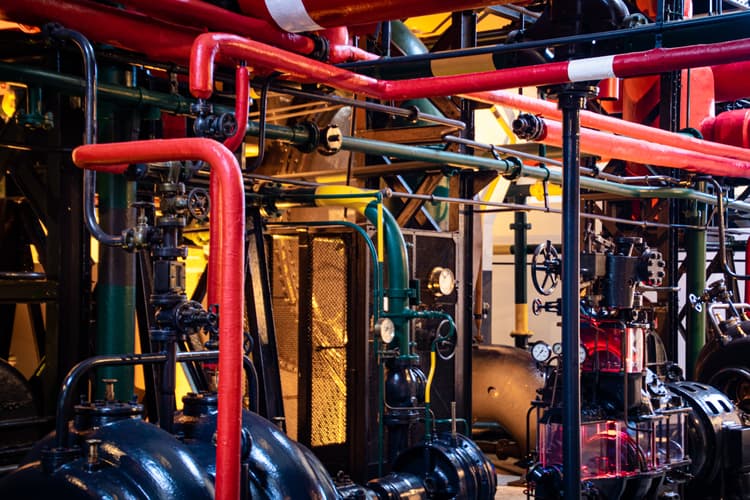
Reduction of fuel oil through hydrogen substitution
By retrofitting an oil-fired lime kiln, the Pacífico pulp mill aims to reduce fuel oil consumption and GHG emissions by using residual hydrogen from a nearby sodium chlorate plant.

Transforming sewage sludge into agricultural fertilizer
Transforming waste water treatment plants sludge into fertilizer, called biosludge, for planting or restoring pastures
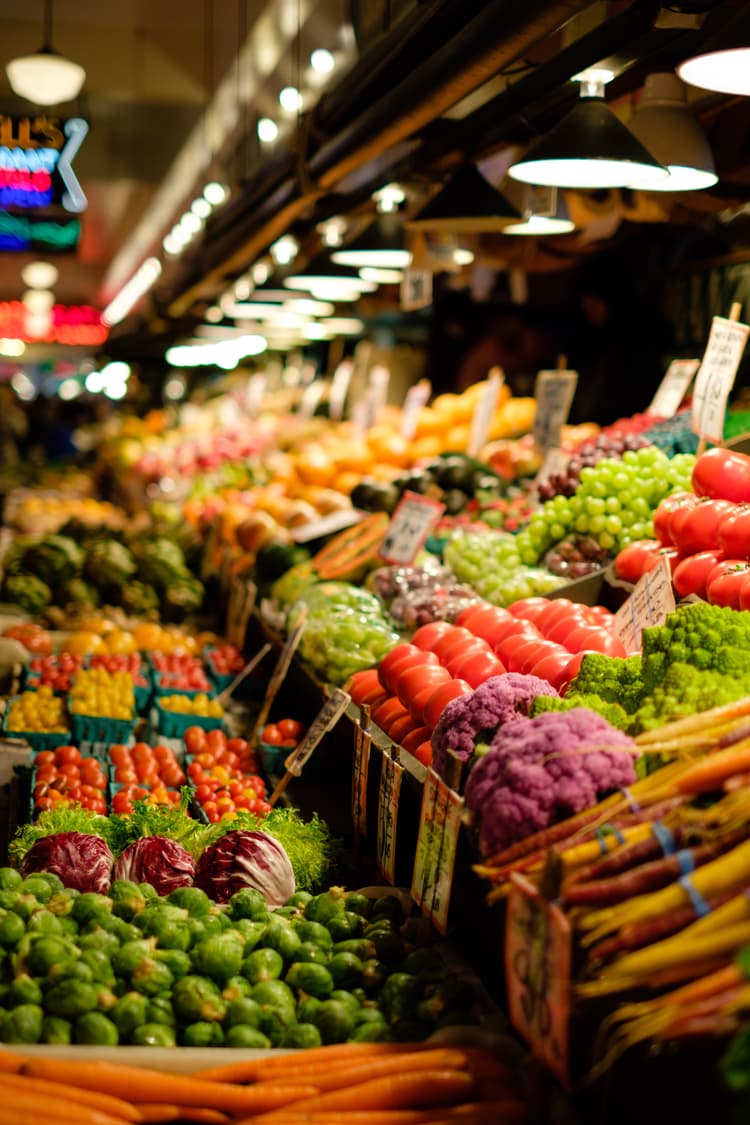
Change product standard requirements to reduce food waste
Large volumes of food are discarded because they don’t meet aesthetic standards. Changing product standards could reduce food waste, associated emissions, and financial losses.
 The Carbon Trust
The Carbon Trust
Adopt smart storage solutions to reduce food waste
Around 13% of food loss occurs due to inadequate refrigeration; sustainable cold chains can reduce emissions and increase revenue by keeping perishable items fresher for longer.
 The Carbon Trust
The Carbon Trust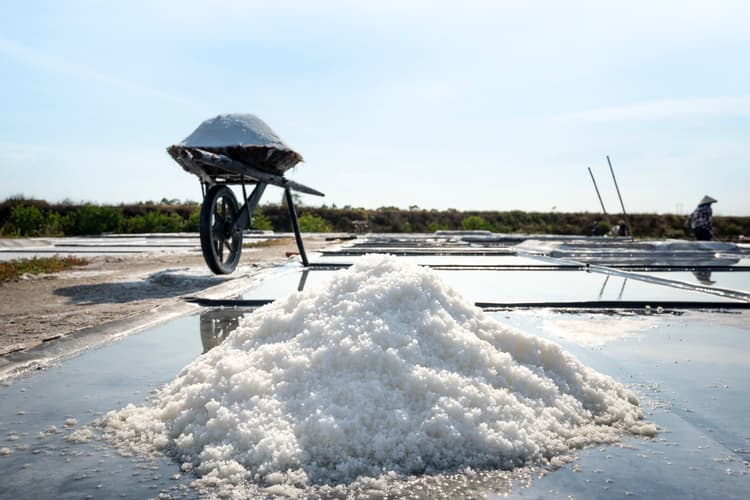
National manufacturing of sodium chlorite using clean energy
Cutting emissions by reducing imports while addressing Scope 2 emissions through the use of clean electrical energy.

Use efficient packaging to reduce food waste
Packaging can reduce food waste by extending shelf life and preventing contamination. However, packaging strategies should be carefully designed to minimize waste and emissions.
 The Carbon Trust
The Carbon Trust
Reduce enteric fermentation emissions from ruminant animals
Reduce enteric fermentation emissions from ruminant animals by improving feed quality, animal productivity, and using dietary additives
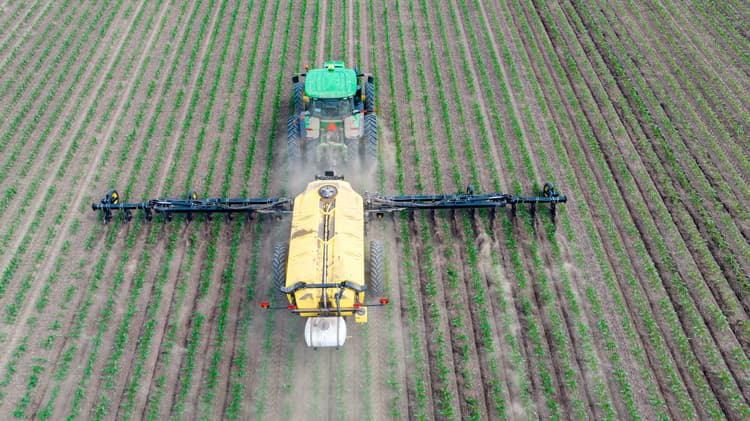
Optimizing nutrient management for reduced on-farm emissions
Companies striving to reduce emissions derived from mineral fertilizers should adopt fertilizer best management practices and Nutrient Use Efficiency (NUE)
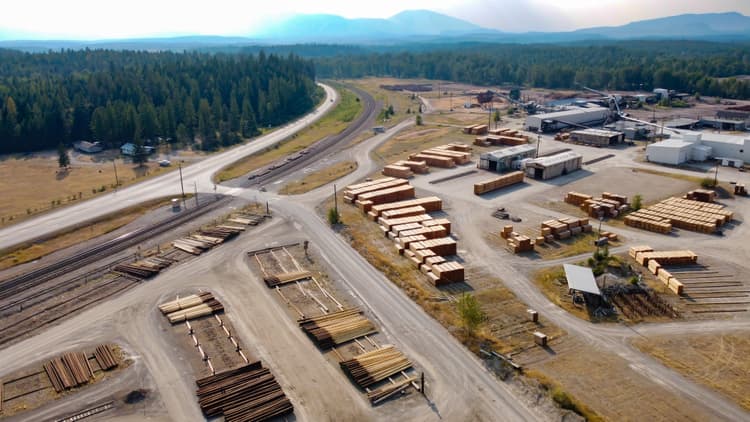
Adopt heat recovery technologies in the sawmill
Adopting heat recovery technologies in the sawmill can increase efficiency and reduce heat loss which saves energy, reduces fuel combustion and emissions associated with operations.
 Forest Solutions Group
Forest Solutions Group
Implement measures in sustainable working forests
Sustainable forest management is critical for maintaining and increasing carbon removals in working forests, and reducing operational emissions associated with forest production
 Forest Solutions Group
Forest Solutions Group
Silviculture to maintain and enhance forest carbon sinks
The impacts of climate change on forest health and productivity are constantly evolving. Weyerhaeuser manages their forests to ensure they remain part of the climate solution
 Weyerhaeuser Company
Weyerhaeuser Company
Switch to alternative proteins in commercial food production
Commercial food producers can adopt meat alternatives by sourcing proteins from plants, fermentation, or cultivated animal cells to reduce emissions from animal-based foods
 BCG
BCG
Use nature-based solutions as part of Net Zero action
Companies can both decarbonize land use sector activities and contribute to global Net Zero through investing in nature-based solutions
